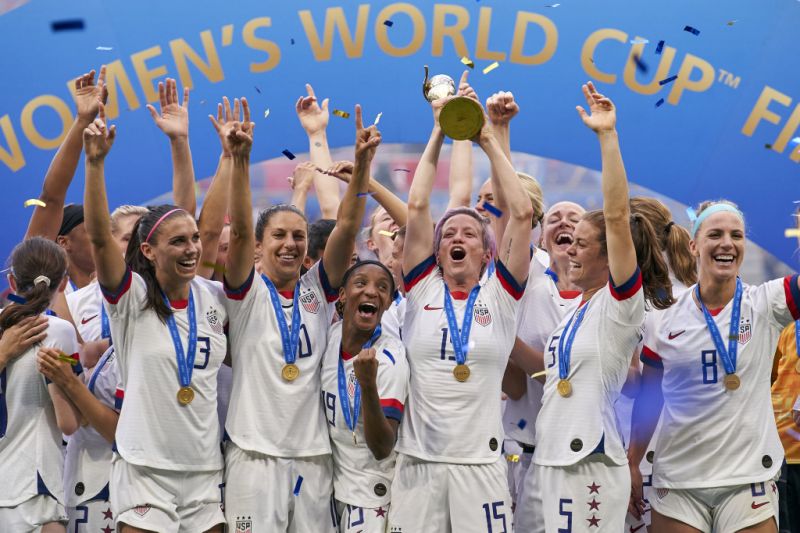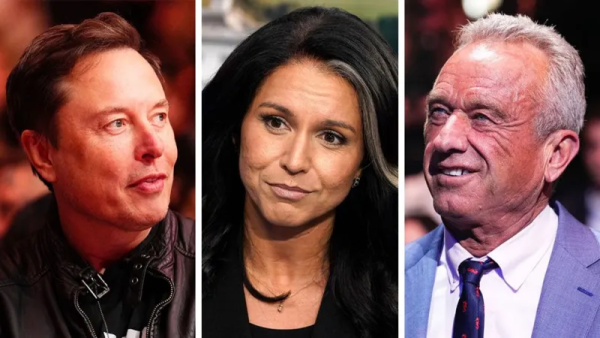Men sports gain popularity, women sports lack recognition
Depending on the season, students at Monte Vista can attend rallies for football, see posters for basketball, and hear announcements for baseball. But no matter the time of year, women’s sports come secondary to men’s — at least in the eyes of advertisers.
The National Basketball Association (NBA) and Major League Baseball (MLB) are two of the biggest sports organizations in the United States. Americans will likely be keeping track of one or the other at all times of the year (except during football season). We have the media to thank for that, for giving us the latest score updates and schedules on-hand.
The Women’s National Basketball Association (WNBA) and the National Softball Association (NSA) are probably less familiar to us, and for that we also have the media to thank, with their focus being on male sports.
American sport culture is reliant on men, and not because their sports are more entertaining, but because they are more widely advertised and their athletes get more sponsorships. As a result, the difference in popularity between men and women’s sports is largely a result of publicity — and lack thereof.
This trend has been reflected in our school, with leadership in charge of athletic promotion. Junior Olivia Stark, a player on women’s varsity water polo and member of leadership, explains.
“Within leadership, there are different committees that [students can be] in, ” Stark said. “One of those committees is athletic recognition.”
According to leadership, their focus this year is on acknowledging athletes from all sports. However, there is an issue that has remained untouched: women’s sports continue to get less publicity than men’s.
“People have said that it is unfair some sports get more hype than others, so this year we are in the process of getting them the same amount of advertising,” said junior Emily Tatum, member of leadership.
As sports that include both men and women grow in popularity, the gap in publicity between genders widens in favor of men.
The effect on attendance is minimal, at least in high school, according to athletic director, Andy Popper. But once we get to higher levels of popular sports and we see greater differences in publicity, American interests change dramatically.
“We all watch the NBA and we watch the [National Football League], so we’re bound to go to a high school basketball or football game,” Stark said. “I’m sure you haven’t watched a water polo game on television.”
However, many Americans do not blame sponsorships and publicity for the differences in attendance. Instead, they give credit to the fact that men are more athletic than women.
“I think there is a difference [in advertising between genders] because men’s games are more exciting, more fast-paced than women’s games,” said junior Connor Stechsulte, varsity boys basketball player.
However, if this was the case, then why are attendance rates similar in high school? How come women continue to bring audiences to their games, against all the odds, in high school?
Male sports are definitely popular because of their players’ admirable athleticism, but it is important to remember that, even though women play their sports differently, it doesn’t necessarily mean that the way they’re playing is wrong.
In the example of volleyball, men jump higher and hit the ball harder but girls can rally for a longer period of time. In water polo, women are feistier than men. In lacrosse, fans can find that, while men are more aggressive with each other on the field, women are more skillful in their techniques.
But if the reality is that both men and women sports have their pros and cons, why do we put such an emphasis on male sports?
“Tradition,” Stark said. “I feel like football and basketball are going to be fan favorites, at least for the time being.”
However, it is also important to note that our school’s culture is changing, with leadership working to ensure that both men and women’s sports get equal opportunities on and off the field.
“Leadership was thinking of making a spring sports’ rap where they include women’s sports, and we’re working on our Instagram to get the word out for their games,” Tatum said.
While it will be difficult to transform America’s entire outlook on sports everywhere in the country, at least we are starting to see the changes within Danville.
As for why it is so important that we give more recognition to female sports, Stark touches on that really well:
“They deserve it. Women are bada**.”

Seta Salkhi is a senior in her third year of the journalism program. As this year’s managing editor,...







